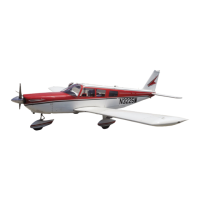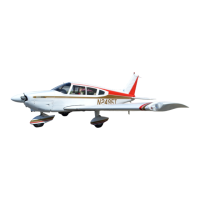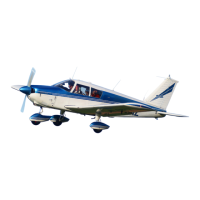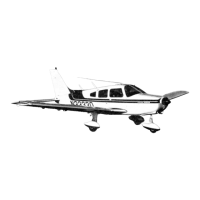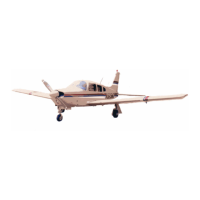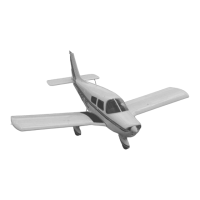18
After priming, turn the electric master switch on, engage the starter and allow
the engine to turn approximately one full revolution, then turn the ignition
switch to the "Left" magneto position.
When the engine is firing evenly, turn the magneto switch to the "Both" position
and advance the throttle to 800 RPM. Check the oil pressure gauge for a
pressure indication. If oil pressure is not indicated within thirty seconds, stop
the engine and determine the trouble.
If the engine fails to start at the first attempt, another attempt should be made
without priming. If this fails, it is possible that the engine is over-primed. Turn
the magneto switch off, open the throttle slowly, and rotate the engine
approximately ten revolutions with the starter. Re-prime the engine with one
half the amount used in the initial attempt, turn the magneto switch to "Left",
and repeat the starting procedure. If the engine again fails to start, refer to the
Lycoming Operating Handbook, Section VII, Engine Troubles.
WARM-UP
As soon as the engine starts, the oil pressure should be checked. If no pressure
is indicated within 30 seconds, stop the engine and determine the trouble. In
cold weather it will take a few seconds longer to get an oil pressure indication.
Warm-up the engine at 800 to 1200 RPM.
Take-off may be made as soon as ground check is completed, providing that the
throttle may be opened fully without back firing or skipping, and without
reduction in engine oil pressure.
GROUND CHECK
With the engine running at 2000 RPM, switch from both magnetos to only one
and note the RPM loss; switch to the other magneto and again note the RPM
loss. Drop off on either magneto should not exceed 125 RPM.
Check vacuum gauge. Indicator should read 5" Hg ± 0.1" Hg at 2000 RPM.
Check both the oil temperature and pressure. The temperature may be low for
some time if the engine is being run for the first time of the day, but as long as
the pressure is within limits the engine is ready for take-off.
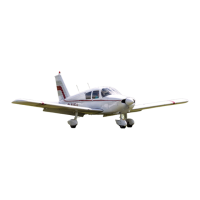
